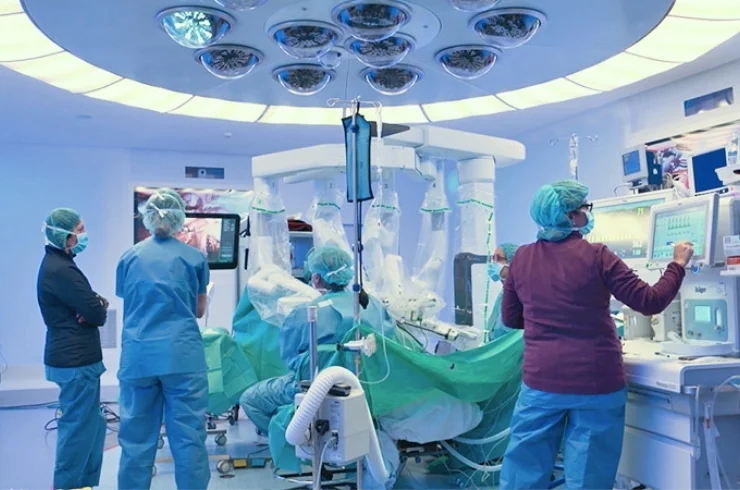
Gynecological surgeries and procedures are essential for diagnosing and treating a wide range of conditions affecting the female reproductive system. These procedures may be minimally invasive or involve more extensive surgeries, depending on the severity of the condition and the patient’s individual needs. Advances in surgical techniques, including laparoscopy and robotic-assisted surgery, have made these procedures safer, with shorter recovery times and less pain compared to traditional open surgery.
Some common gynecological surgeries and procedures include:
Laparoscopy: A minimally invasive surgery performed with small incisions and a camera to diagnose and treat conditions such as endometriosis, ovarian cysts, fibroids, and pelvic infections. It allows for faster recovery and minimal scarring.
Hysterectomy: The removal of the uterus, which may be performed to treat conditions like fibroids, cancer, chronic pelvic pain, or uterine prolapse. It can be done through traditional open surgery, laparoscopically, or with robotic assistance.
Myomectomy: The surgical removal of uterine fibroids while preserving the uterus. This procedure can help women with fibroids who wish to retain their fertility.
Endometrial Ablation: A procedure that removes or destroys the lining of the uterus to treat heavy menstrual bleeding (menorrhagia). It can be done through various techniques, including laser or microwave treatment.
Oophorectomy: The removal of one or both ovaries, which may be necessary in cases of ovarian cancer, endometriosis, or other ovarian conditions.
Tubal Ligation: A permanent method of birth control in which the fallopian tubes are surgically blocked or sealed to prevent pregnancy.
Colposcopy: A diagnostic procedure to examine the cervix, vagina, and vulva for signs of disease, often following an abnormal Pap smear. It may be followed by a biopsy to detect cancer or pre-cancerous changes.
Each of these procedures is carefully considered based on the specific medical condition and the patient’s health status, and they are often performed with the goal of relieving symptoms, improving reproductive health, and enhancing the quality of life. Advances in minimally invasive techniques have revolutionized gynecological surgery, making recovery quicker and reducing the risks associated with surgery. Regular consultations with a gynecologist ensure early diagnosis and appropriate surgical intervention when necessary.